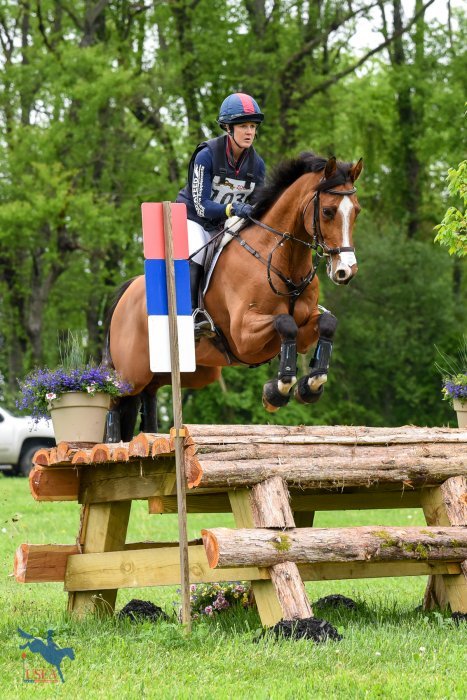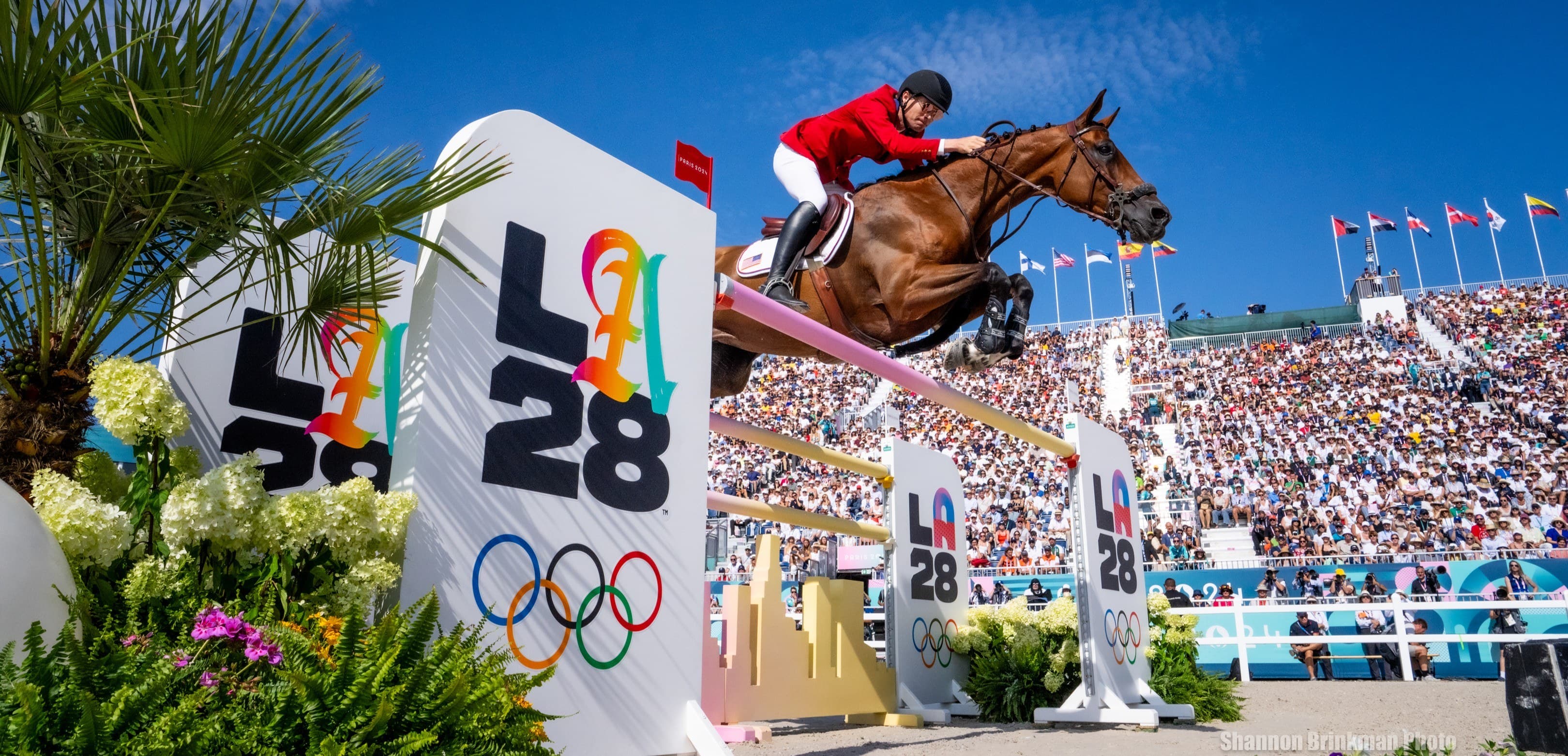The Importance of Rider Fitness
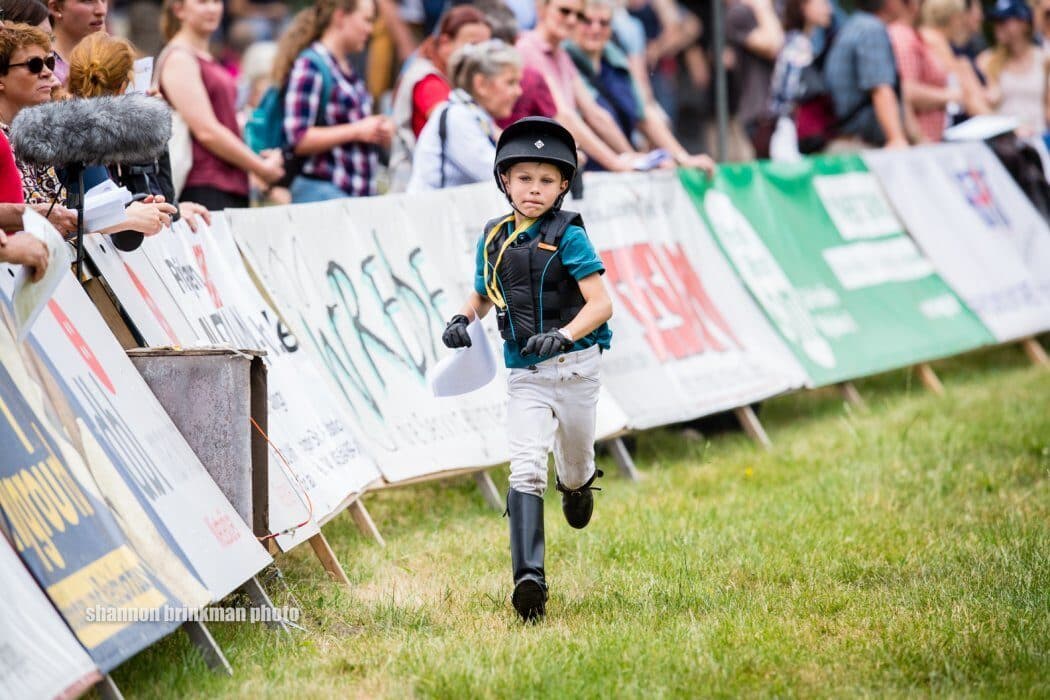
Bikram yoga, CrossFit, Zumba, Tae Kwon Do, personal trainers, half marathons, and more; rider fitness is crucial in the sport of three-day eventing. The United States Eventing Association (USEA) is excited to announce the upcoming web series that will spotlight exercise routines from top international riders.
Whether it’s riding one or 12 horses a day, Novice level or the four-star level, staying fit out of the saddle can greatly improve performance in the saddle. Leading up to a big show, emphasis is placed on horse fitness but some tend to forget about the pilot who is guiding the thousand-pound animal.
Every eventer has heard the phrase from a naive non-equestrian, "All a rider does is sit there." This phrase can leave a rider red in the face, combative, and searching for reasons to prove them wrong. Although the end goal might be for a rider to sit there, it’s not before hours upon hours of blood, sweat, and tears have been put in. To highlight how riders do much more than just sit on a horse, this series will shed a light on how equestrians can be some of the toughest, hardest working, and determined athletes around.
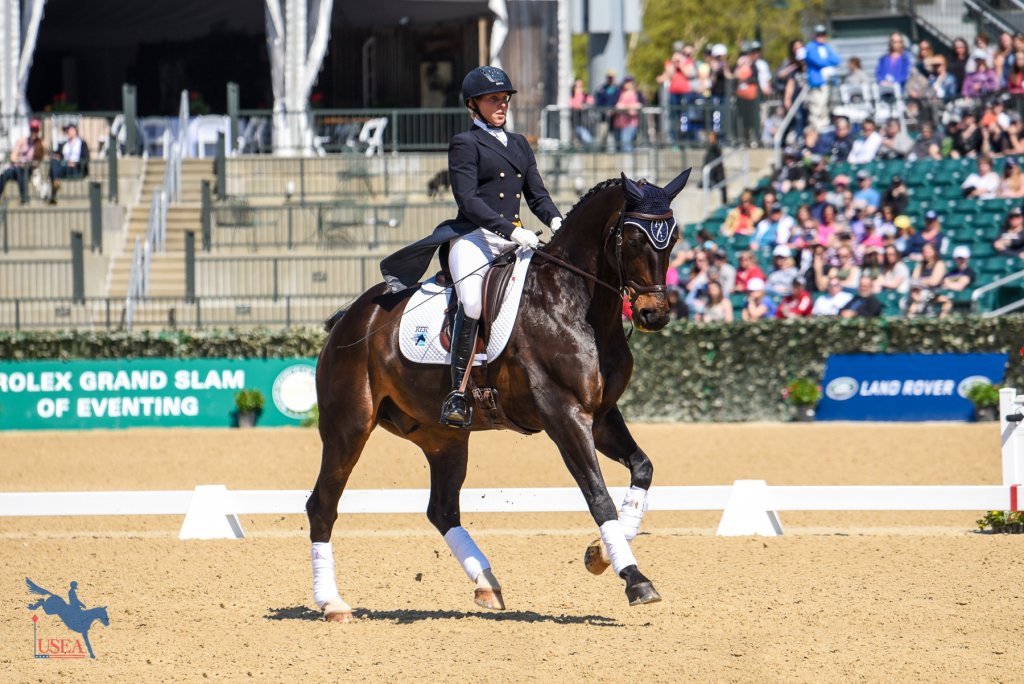
Dressage is one of the most intense phases when it comes to accuracy, concentration, and strength for both horse and rider. Although its objective is to make the test look effortless and seamless, new technologies show exactly how much exertion a rider puts into their performance.
On display at the Land Rover Kentucky Three-Day Event during the afternoon break on Friday, Liz Halliday-Sharp and Fernhill by Night wore a heart rate monitor that provided live analysis of both horse and rider. The pair performed a beautiful freestyle test while Halliday-Sharp’s heart rate reached up to 185 beats per minute and averaged from 150 to 175 beats per minute. To put that in perspective, a normal resting heart rate ranges from 60 to 100 beats per minute.
“Liz is always very strong in the dressage and she works incredibly hard,” Marcia Kulak commented while Halliday-Sharp performed her freestyle.
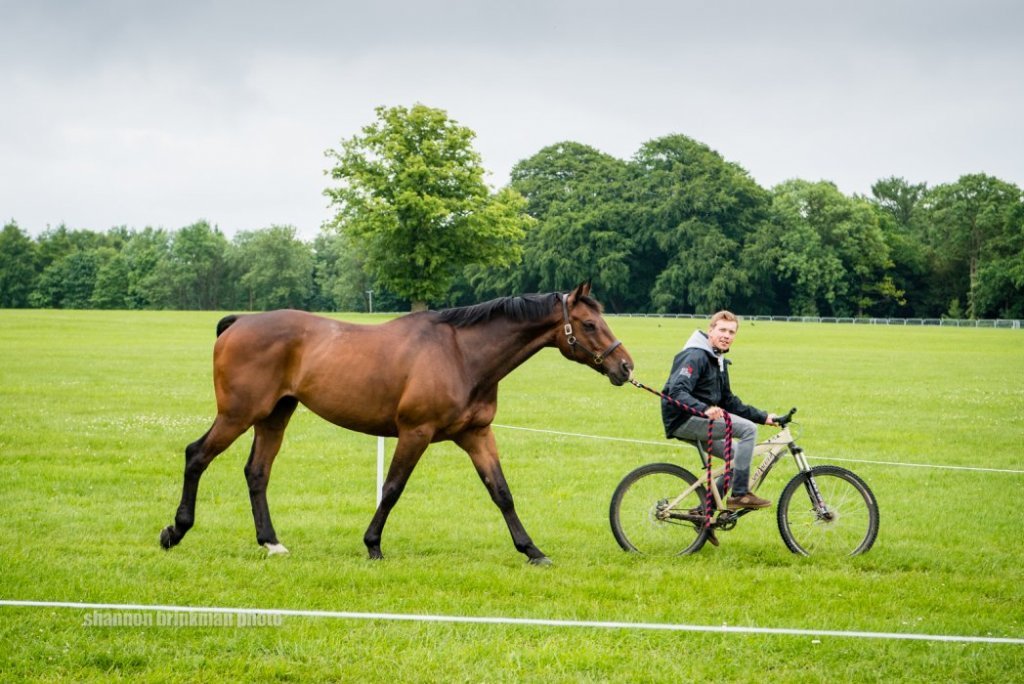
Equestrians live extremely active lives from daily riding, mucking stalls, leading horses to and from turnout, walking (or running) cross-country courses, and heavy lifting of tack trunks, saddles, water buckets, shavings, trailer ramps, wheelbarrows, jump standards, and more. The majority of equestrian athletes are already in tip top shape however, practicing specific exercises that help support the muscles used while riding can benefit any type of rider.
Daniel Stewart recognized the importance of rider fitness at the 2017 USEA Annual Meeting and Convention. To learn more, check out Rider Fitness Bootcamp with Daniel Stewart. Matt Brown is another professional who is on top of his game when it comes to staying fit. Take a look at Martial Arts Training to Improve Your Riding with Matt Brown to learn more about his exercise routine.
In order to build on this topic, please stay tuned for our first spotlight rider, Allison Springer!
